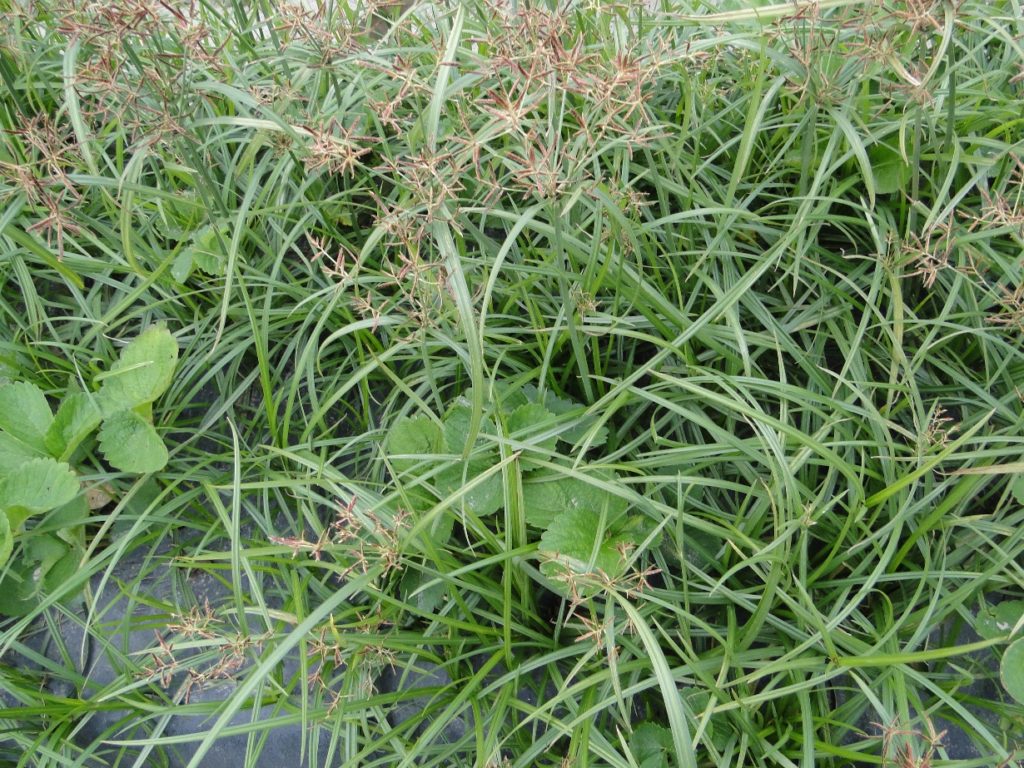By Clint Thompson
Timing is everything for specialty crop growers implementing a pre-emergent herbicide program in their vegetable crops.

Credit: Nathan S Boyd, UF/IFAS
Ramdas Kanissery, weed scientist and assistant professor at the University of Florida Institute of Food and Agricultural Sciences (UF/IFAS), elaborates on the importance of ensuring the herbicide applications are made on time.

“We have some herbicides available that can be used in the row middles. There are a few herbicides we can use under the plastic mulch bed. They do a good job in suppressing pressure,” Kanissery said. “But the timing of the application is the key. In the row middles, we need to apply early. If pre-emergence herbicides are applied too late, the weed germination has already happened and then it’s a waste of money. We have to apply it when the soil is really clean.”
Growers apply pre-emergent herbicides to the soil to prevent germination of weeds from seeds or tubers. The weeds, whether they are an annual or perennial, can create a seed bank in the soil that producers are trying to avoid.
“When the weeds come up, it’s going to produce more seeds. It’s a ticking timebomb. It’s adding more weeds to the soil,” Kanissery said. “We are trying to intervene by introducing a pre-emergence program; prevent their emergence, that’s the key.
“Early season application is the key.”
Kanissery works at the UF/IFAS Southwest Research and Education Center where different types of weeds are problematic. The No. 1 weed, though, remains yellow and purple nutsedges.
“Some seasons we see more purple than yellow. Generally, nutsedge is the major pressure we have,” Kanissery said. “In the areas between the rows we deal with grasses, such as goosegrass, purslane, ragweeds, pigweeds, lambsquarters.”
Pre-emergent herbicides can stay in the soil for two to three months, providing adequate protection for vegetable plants trying get established.
“The right time (to apply herbicides) is just after the beds are pulled and you get an easy couple of months of suppression. That’s the time when weeds are going to get a lot of competition. That’s the time that the (plants) need a critical weed-free period,” he added.









